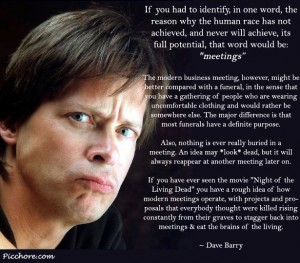I recently got a resume critique as part of signing up for one of the major job site engines. If you want to read along, you can find my resume here. You can break it down into five sections, each with its strengths and weaknesses.
Header
This is my contact information and key description. According to the review..
Pros:
- simple and clear — I don’t get fancy with a photo or other fiddle-faddle
Cons:
- uninspiring headline makes me look like a cog in a machine
Key Skills
A summary of the things I’m good at that employers might want.
Pros:
- User-friendly layout
- Complete profile includes lots of keywords potential clients might scan for
Cons:
- Passive presentation of info doesn’t catch the attention
- Needs updating to accommodate new skills from this year
Assignment Matrix
A list of the kinds of assignments I’ve successfully completed in the past.
Pros:
- Far-reaching, capitalizing on my breadth of writing experience
- Includes many high-dollar, little-known kinds of writing
- Keyword stuffing that helps the resume make it through filter programs
Cons:
- Too general. Shows competence, but not expertise
Work Experience
Summary of my relevant assignments, including major contributions.
Pros:
- Uses job tasks to indicate strength in writing even in non-writing positions
- Includes work in a variety of sectors
Cons:
- Tells what I did, not why it was important. A more active presentation would draw more eyes.
Education and References
Brief listing of my education and note that references are available.
Pros:
- I de-emphasize my formal education, which is not the strongest part of my resume.
- Simple, to-the-point presentation.
Cons:
- I don’t need to say “references available on request.” Of course they are. That’s standard.
- I could incorporate writing-related activities from my education here.
I hope that was helpful. Thanks for listening.
Shameless plug: resume redesign is one of the many services I offer. Mention you read this and you’ll get a $50 discount.

